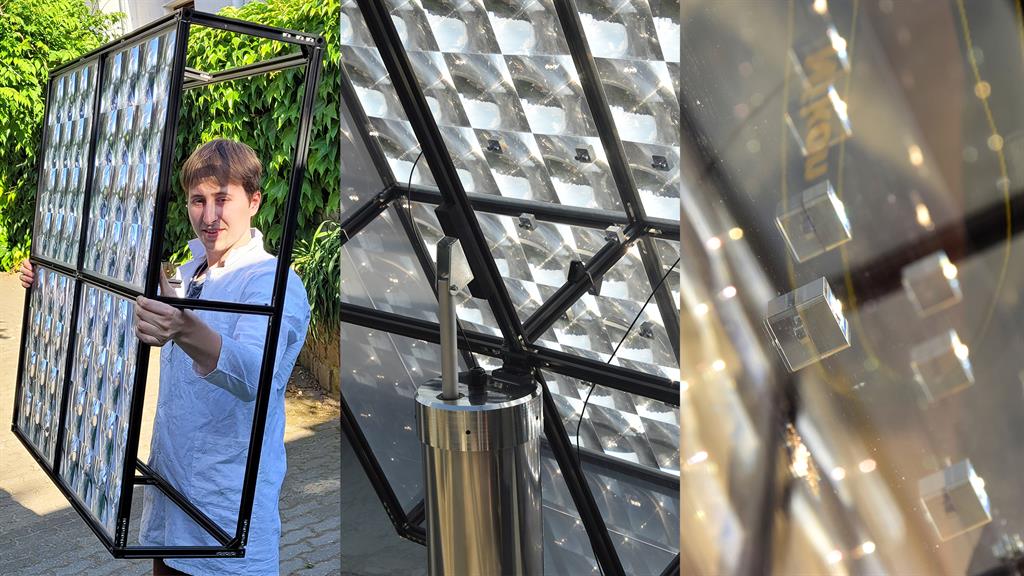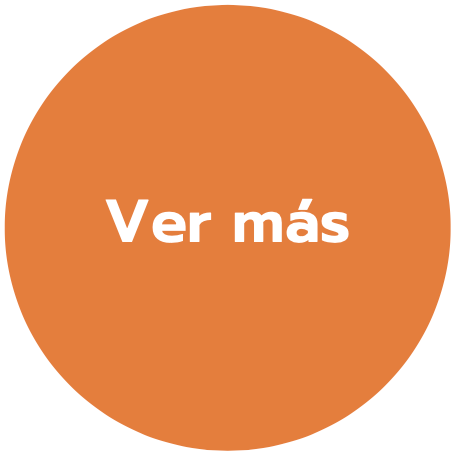Inspired by the role that has always been played by the Sol for humanity, Mariusz Śmietana designed a solar energy system that called LumoraThe aim is to propose it as an affordable and sustainable solution for the use of sunlight in places where it would be "physically" impossible.
Śmietana, of the Magdalena Abakanowicz University of the Arts in Poznan, presented the project Lumora Sunlight System in the James Dyson AwardThe system consists of a heliostat system that transports sunlight into dark spaces, and the customized spotlight allows the manipulation and regulation of the captured light.
"I designed a system using Fresnel lens, heliostat and fiber optics, providing natural light to places without sunlight. The custom spotlight allows for dimming and manipulation of the captured light," he says.
How does it work?
The entrepreneur explains that the designed system allows concentrating the sunlight by means of Fresnel lenses and collimators mounted on the heliostat solar tracking system, which is then transmitted by optical fiber to a luminaire that can be used to illuminate rooms or even crops with sunlight.
"The solution is supported by calculations, performed for different spaces. Assuming that from 1m² the sun generates 1000W, 45% of which is visible light when converted into lumens, we can assume that the system generates 33,480 lux/m² per hour in full sun," he details.
This is enough to illuminate 33 workstations with a requirement of 500 lx/m2, or 230 frames with a dimension of 50×70 for approximately 4.5 hours a day in Poland, he adds.
The development process
Śmietana narrates that he chose Fresnel lenses for his design because he wanted to focus as much light as possible, plus they are lightweight and resistant to harsh weather conditions.
"The next element was the collimators and their precise collimation of light to the transmitter: the luminous fiber. We opted for milled aluminum, which when properly processed has optical properties and becomes a natural heat sink, minimizing the risk of melting the optical fiber," he says.
The design consists of a panel of 16 independent lenses mounted on an aluminum and polycarbonate profile construction, which allowed for precise system calibration and strength.

The minimalist design of the heliostat and small PV array provides two-axis solar tracking via a linear motor and turntable, making the project energy independent, he says.
"The final element was an ergonomic and inexpensive luminaire that allows for complete framing and manipulation of the captured light. I used a lens to diffuse and sharpen the light, and apertures to shape it. For convenience and intuitive use, I used a multi-coil thread to adjust the lens and a standard camera thread to facilitate mounting the reflector: prototype made with SLS (3D laser) printing. Guided by sustainability, I included a hybrid system that allows the use of artificial light on cloudy days," he explains.

An efficient and sustainable solution
The young Pole points out that his solution differs by using multiple small Fresnel lenses, instead of one large one, to significantly increase the efficiency of the system and because it fits into limited ceiling space.
"The second differentiator in the market is that it allows for flexible light direction and customization through the use of multiple independent light sources. The system, through its engineered cooling method and the use of more fiber optic bundles, manages the heat generated by sunlight better than other solutions," he says.
The heliostat's simple, cost-effective and contemporary design makes the system widely available, especially in Third World countries, paving the way for better use of solar energy, which can be used to grow plants, improve the quality of life or naturally observe art created before the invention of the light bulb, he says.
Mariusz Śmietana indicates that its objective is to further develop this project, but will focus on simplifying the system to make it more economically accessible to less developed countries.
"I see many design ways, such as producing lenses and fiber optics from PET bottles, that will help reduce production costs by making it easier to access the necessary components," he says.
In addition, he says he is considering using the heat emitted by the sun for purposes such as distilling water or heating crops, because he wants to promote sustainability and access to needed technologies for communities with fewer financial opportunities.
Source: jamesdysonaward.org


